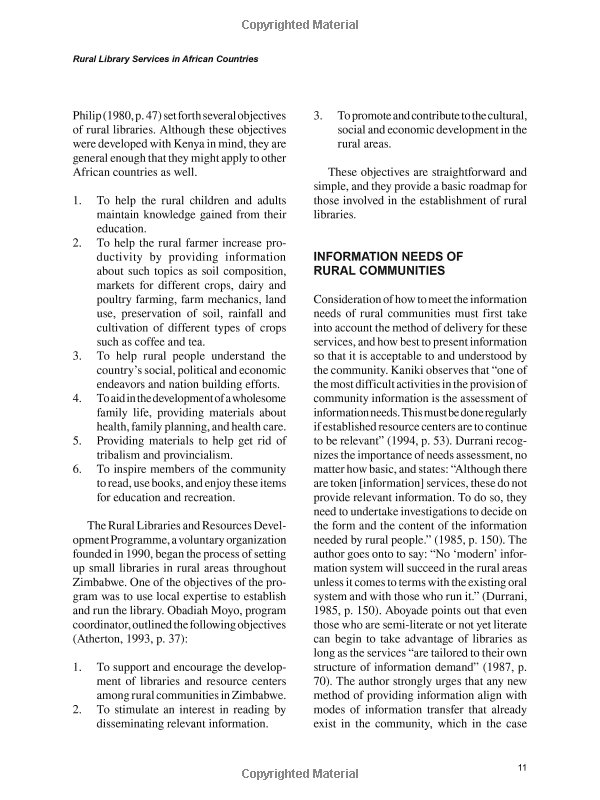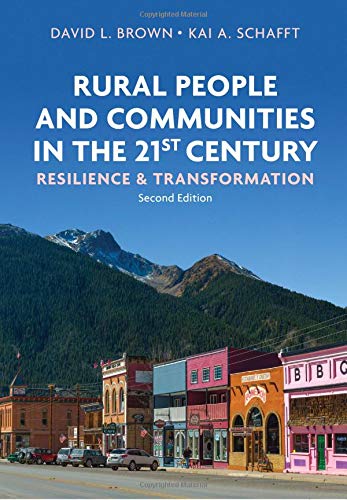Unlocking Opportunities: A Comprehensive Guide to Rural Development Home Loans
#### Understanding Rural Development Home LoansRural Development Home Loans, also known as USDA loans, are a government-backed financing option designed to……
#### Understanding Rural Development Home Loans
Rural Development Home Loans, also known as USDA loans, are a government-backed financing option designed to promote homeownership in rural and suburban areas. These loans aim to assist low to moderate-income individuals and families in purchasing homes in designated rural regions. With favorable terms, such as no down payment and lower mortgage insurance costs, Rural Development Home Loans serve as a vital resource for those looking to establish a home outside urban centers.
#### The Benefits of Rural Development Home Loans
One of the most significant advantages of Rural Development Home Loans is the **no down payment** requirement. This feature makes homeownership accessible to many who may struggle to save for a traditional down payment. Additionally, these loans typically offer competitive interest rates, which can lead to substantial savings over the life of the loan. The lower mortgage insurance premiums associated with these loans also contribute to more affordable monthly payments.

Moreover, Rural Development Home Loans are designed to support the growth of rural communities by encouraging people to move to these areas. This influx can lead to increased economic activity, improved local services, and a stronger sense of community. The program not only helps families find homes but also plays a crucial role in revitalizing rural areas.
#### Eligibility Criteria for Rural Development Home Loans
To qualify for Rural Development Home Loans, applicants must meet specific eligibility criteria. Primarily, the property must be located in a designated rural area, which is determined by the USDA. Additionally, applicants must demonstrate a stable income that falls within the program's limits, which vary based on family size and location.
Creditworthiness is also a factor; while the USDA does not impose a minimum credit score, most lenders prefer a score of at least 640. Applicants should also have a reliable source of income and a reasonable debt-to-income ratio to ensure they can manage monthly payments effectively.

#### The Application Process for Rural Development Home Loans
The application process for Rural Development Home Loans involves several steps. First, potential borrowers should gather necessary documentation, including proof of income, tax returns, and information about existing debts. Next, they should find a lender who participates in the USDA loan program. Many banks and credit unions offer these loans, and it’s essential to compare terms and interest rates.
Once the lender is selected, the borrower will complete a loan application and submit the required documentation. The lender will then review the application, verify the information, and assess the applicant's eligibility. If approved, the borrower will receive a loan estimate outlining the terms, interest rate, and closing costs.
#### Conclusion: Making Homeownership a Reality

Rural Development Home Loans are a powerful tool for individuals and families seeking to purchase homes in rural areas. With their no down payment requirement, competitive interest rates, and supportive community focus, these loans can transform the dream of homeownership into a reality. By understanding the benefits, eligibility criteria, and application process, prospective homeowners can take the necessary steps toward securing their future in a welcoming rural community. Whether you’re a first-time buyer or looking to relocate, Rural Development Home Loans offer a pathway to achieving your homeownership goals.